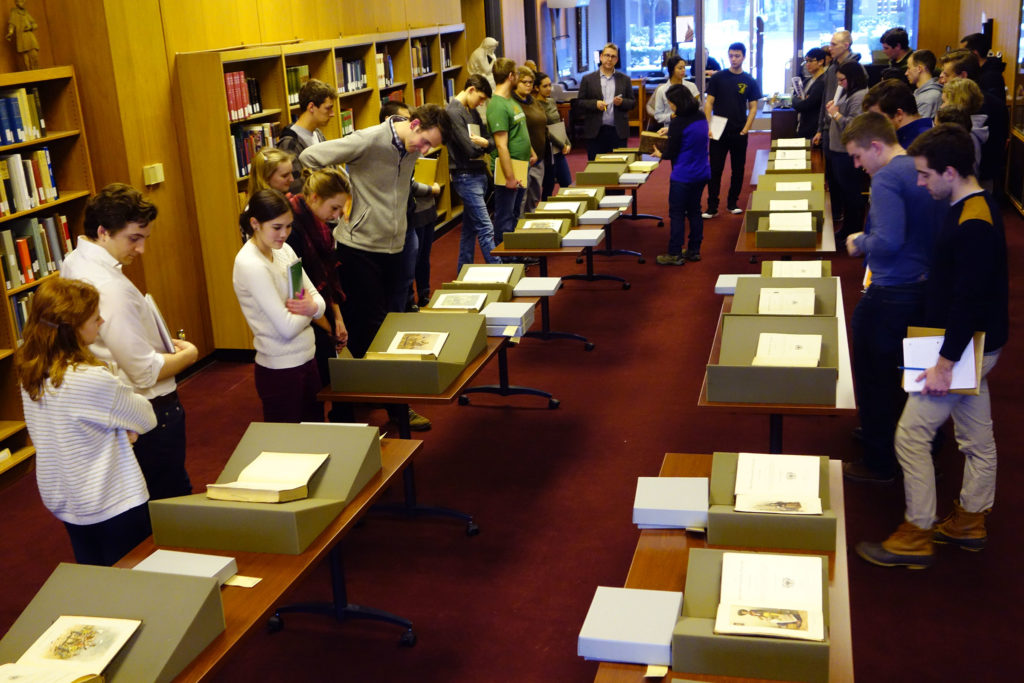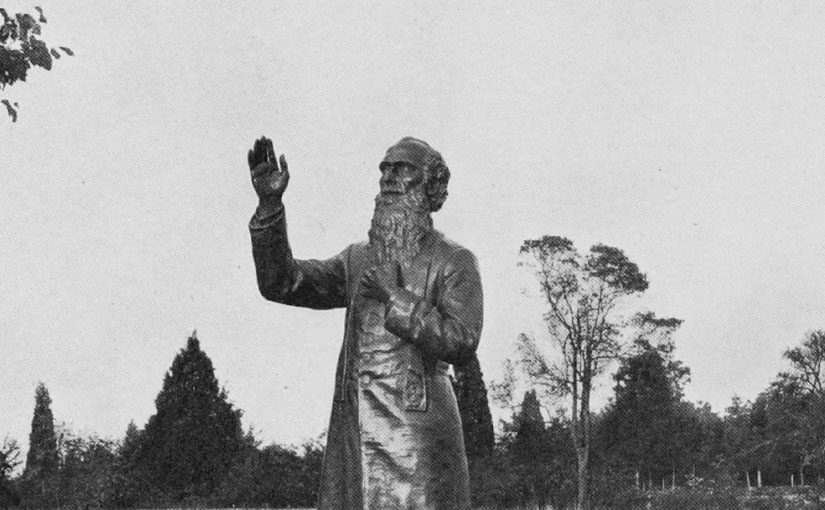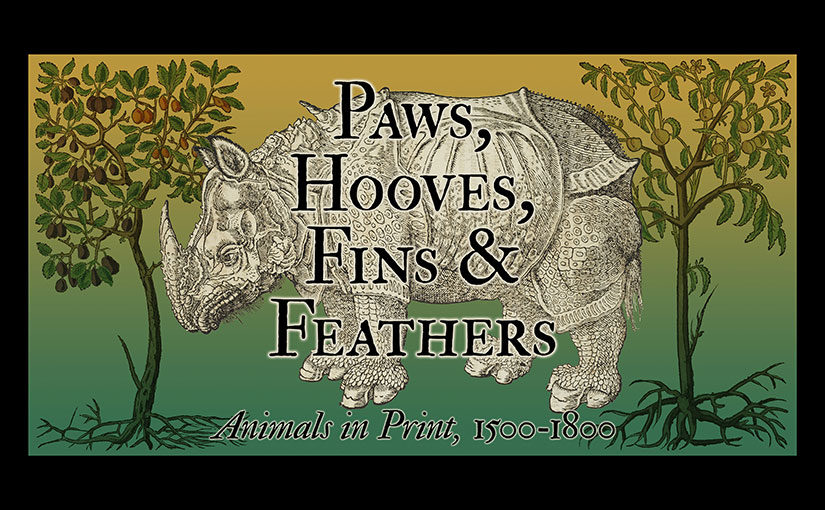by Erika Hosselkus, Curator, Latin American Collections and Jen Hunt Johnson, Special Collections Conservator
In the fall of 2019, my fellow curator, Julie Tanaka, and I planned our exhibition, Paws, Hooves, Fins, and Feathers: Animals in Print, 1500-1800. This exhibition was an opportunity to share Rare Books and Special Collections’ holdings with South Bend community youth as much as a showcase of our natural histories featuring animals. We promoted the show with local school districts and arranged visits for first graders, second graders, and high school students.
Beyond tours, which are primarily a visual and aural experience, we wanted to provide a fun, hands on opportunity for local kids related to our exhibition. Touching, holding, and even smelling is integral to the experience of handling a book—especially an old book. We wanted young students to be able to feel the weight of traditional early modern wooden boards and handle a half leather binding. We wanted them to be able to view our woodcuts and engravings of an early modern rhinoceros, elephant, sloth, and other critters up close!
This desire to share the physical experience of a rare book with kids prompted us to explore the possibility of creating a facsimile of an early modern book that students could handle freely. As curators in a special collections setting, we interact frequently with conservators, our colleagues skilled in the treatment and preservation of books. They provide guidance on handling rare materials and perform repairs that facilitate use of our materials on a daily basis. This project, however, was a special opportunity to collaborate with our preservation department, particularly one of our conservators, Jen Hunt Johnson, and our current Gladys Brooks Fellow, Maren Rozumalski. The COVID-19 pandemic presented a challenge and has postponed our use of the facsimile, but it has nonetheless been completed! This blog post is an opportunity to share the facsimile with readers and to highlight the collaborations that often occur between curators and conservators.
Julie and I met with Jen, Maren, and Sara Weber, our digital project specialist (and the constant force behind this blog!) to flesh out the details of this project. Ultimately we decided to create a sort of composite facsimile volume comprised entirely of images selected from the works featured in our physical exhibition. Sara photographed the images that Julie and I selected. They were formatted and printed on heavyweight paper chosen to mimic the look and feel of early modern rag paper. Jen and Maren then performed the heavy labor to construct this artifact! In the following paragraphs, Jen describes her work on, and experience with, this project.
Creating opportunities to promote our collections is a goal that’s shared between curators and conservators. As the facsimile provides an opportunity to bring elements of the RBSC exhibit to a broader audience through school visits, and other programming, the project also introduces participants to the work that conservators do in the library to treat and preserve books. Handling this book offers a tactile experience to illustrate the ways in which an historic book structure functions, and allows the audience, particularly children, to handle materials such as paper, leather, and wood, that they may be less encouraged to interact with when encountering our rare and fragile materials. This is an opportunity for participants to feel engaged in an environment where there are often barriers and restrictions to objects that can limit the sense of personal connection.
Creating the facsimile during the initial outbreak of a pandemic was not without its challenges. Working remotely restricted access to tools, equipment, and a proper surface to work on. Coordinating decisions regarding printing, sewing, material choices, and also foreseeing and troubleshooting problems was much harder to do through emails and still images, as compared to face-to-face meetings, and ready access to materials and supplies. In the end, a patio table and clamps set up in my living room served as a sturdy station for preparing wooden boards. A lying press, non-slip foam shelf liners, and careful balancing made do for a job backer to secure the material being worked. A 12 x 12” granite floor tile made a reasonable weight, applying even pressure when drying large areas like endsheets when a book press was unavailable. I even had to source material from a mail order wood shop when I realized the original wooden board I had purchased to work with was too thick to fit our textblock, and local vendors were closed due to the pandemic. None of these situations were ideal, but working through the process and figuring out what worked was ultimately rewarding, and fun!
We are very excited about the final product that has emerged from this collaboration. Here we share some photographs of our unique creation, Compendium Animalium, and we look forward to sharing the volume in person in the future with students on campus and in the South Bend community!
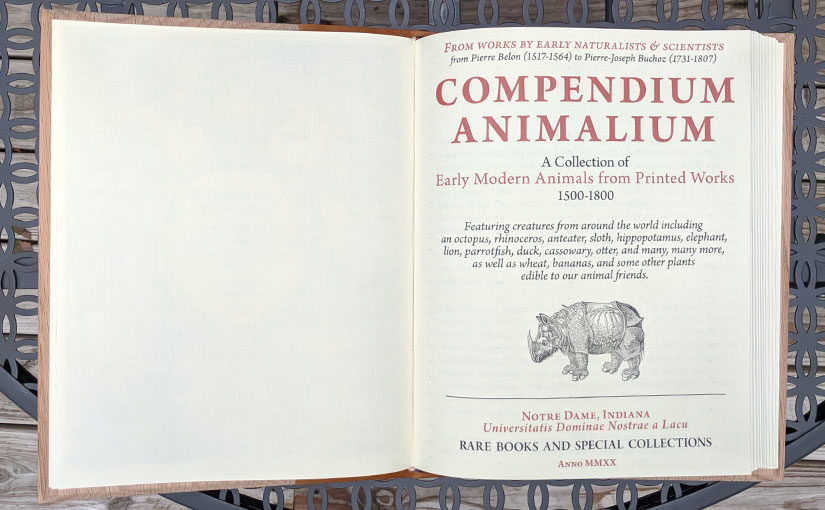
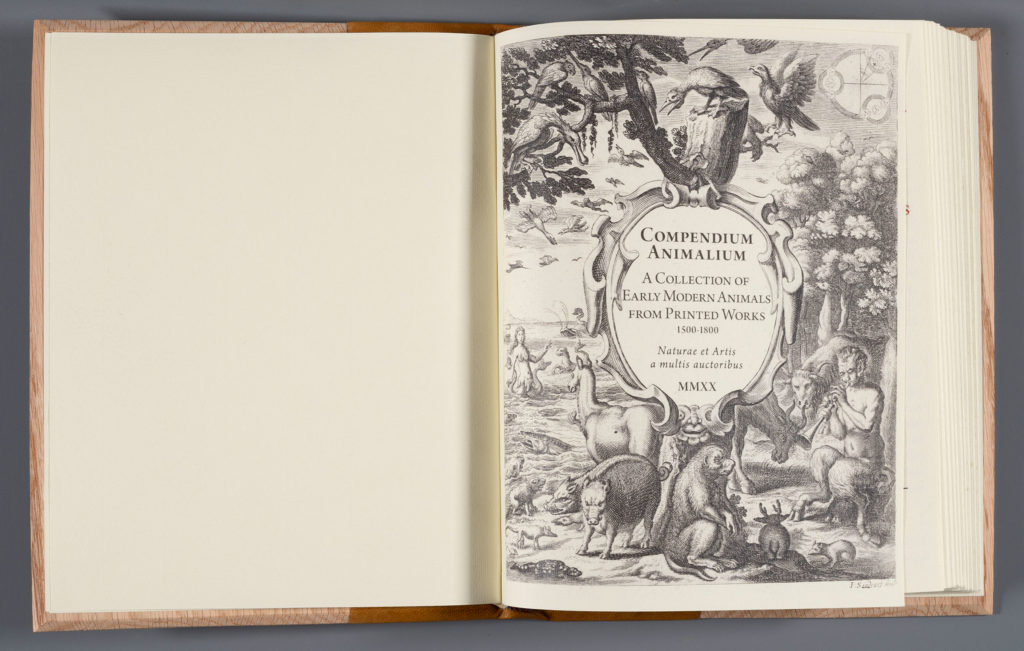
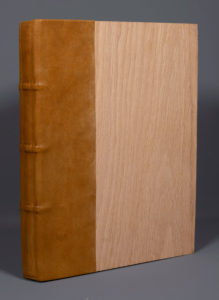
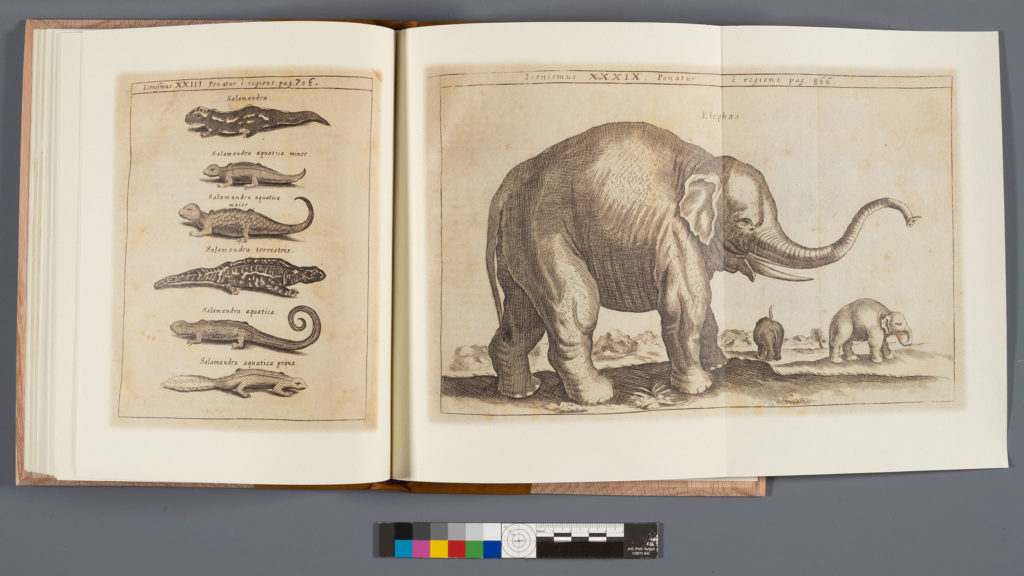
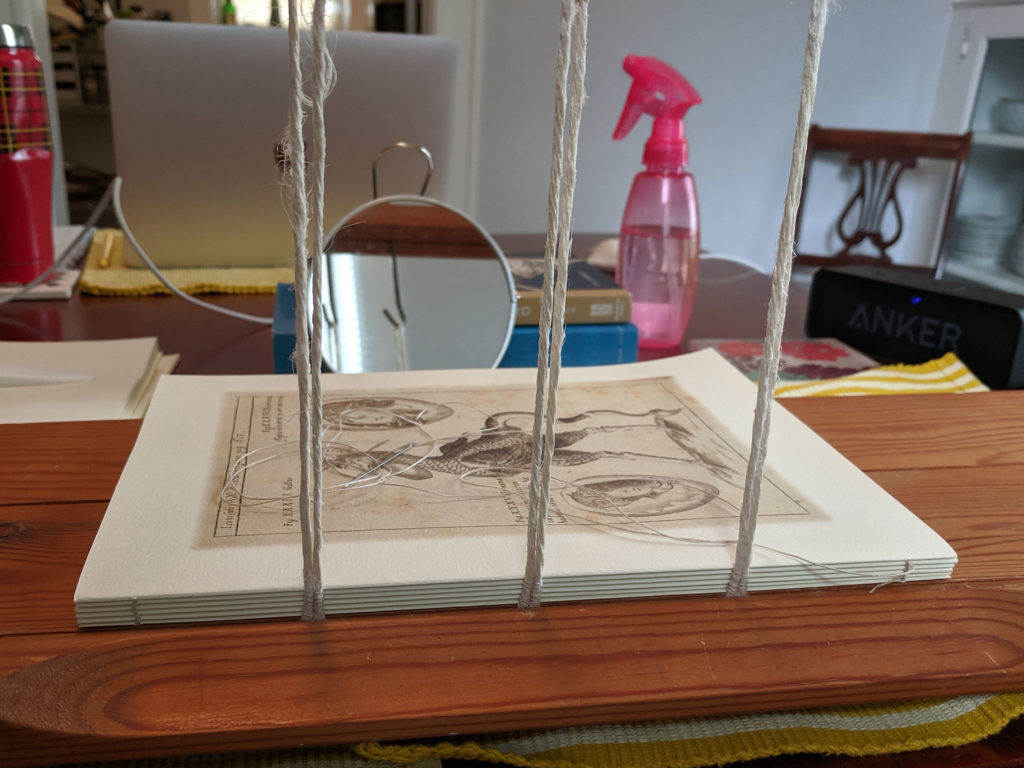
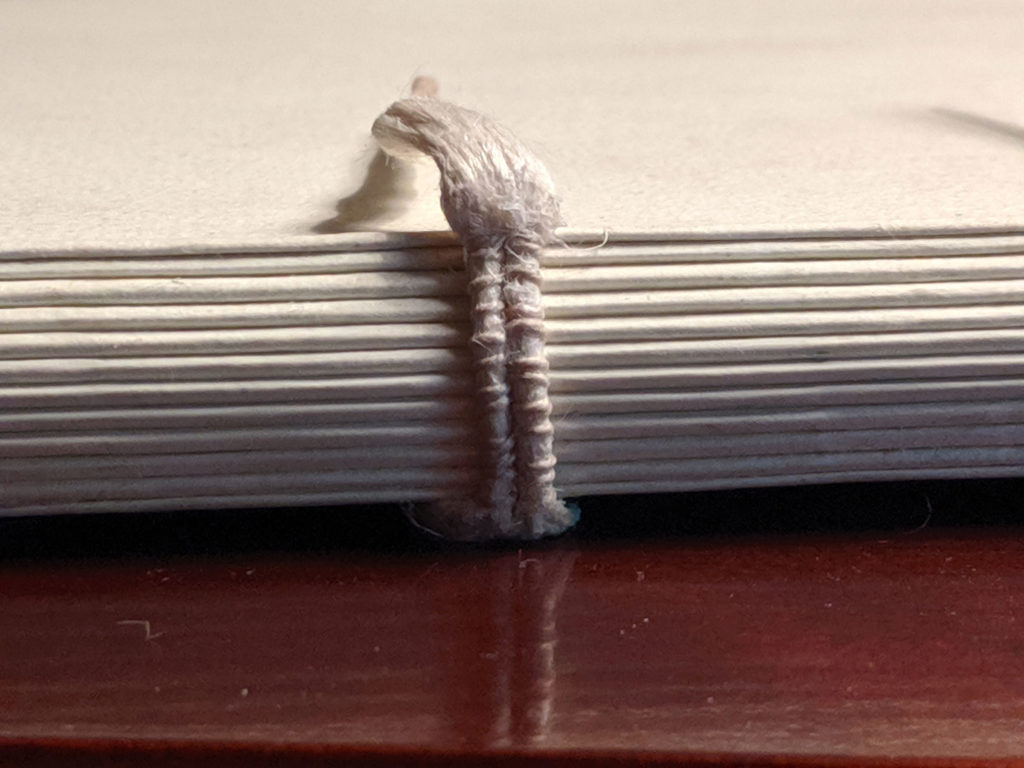
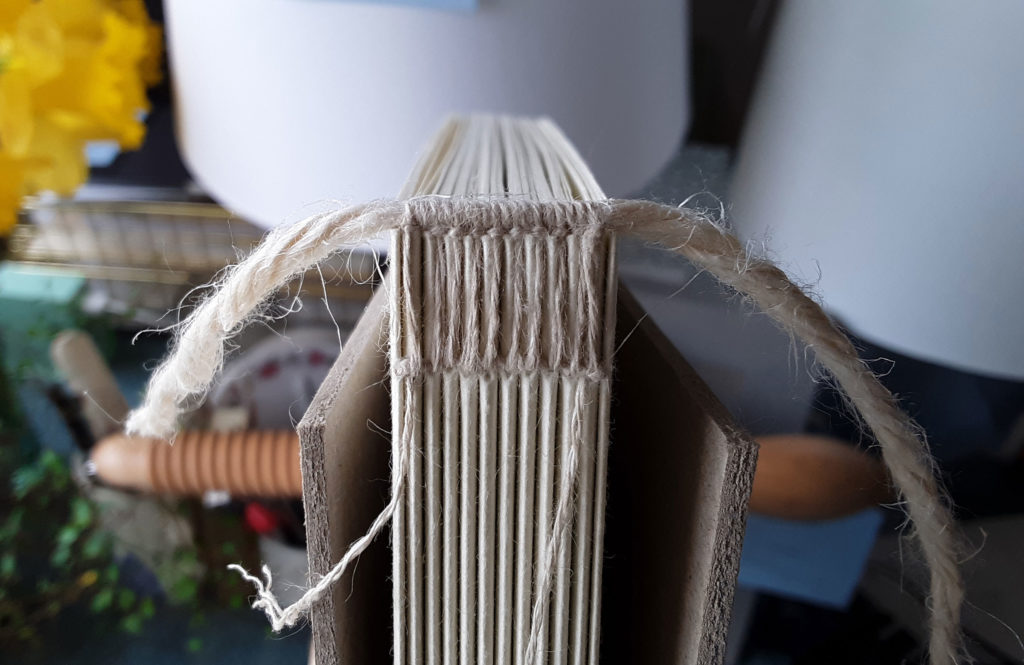
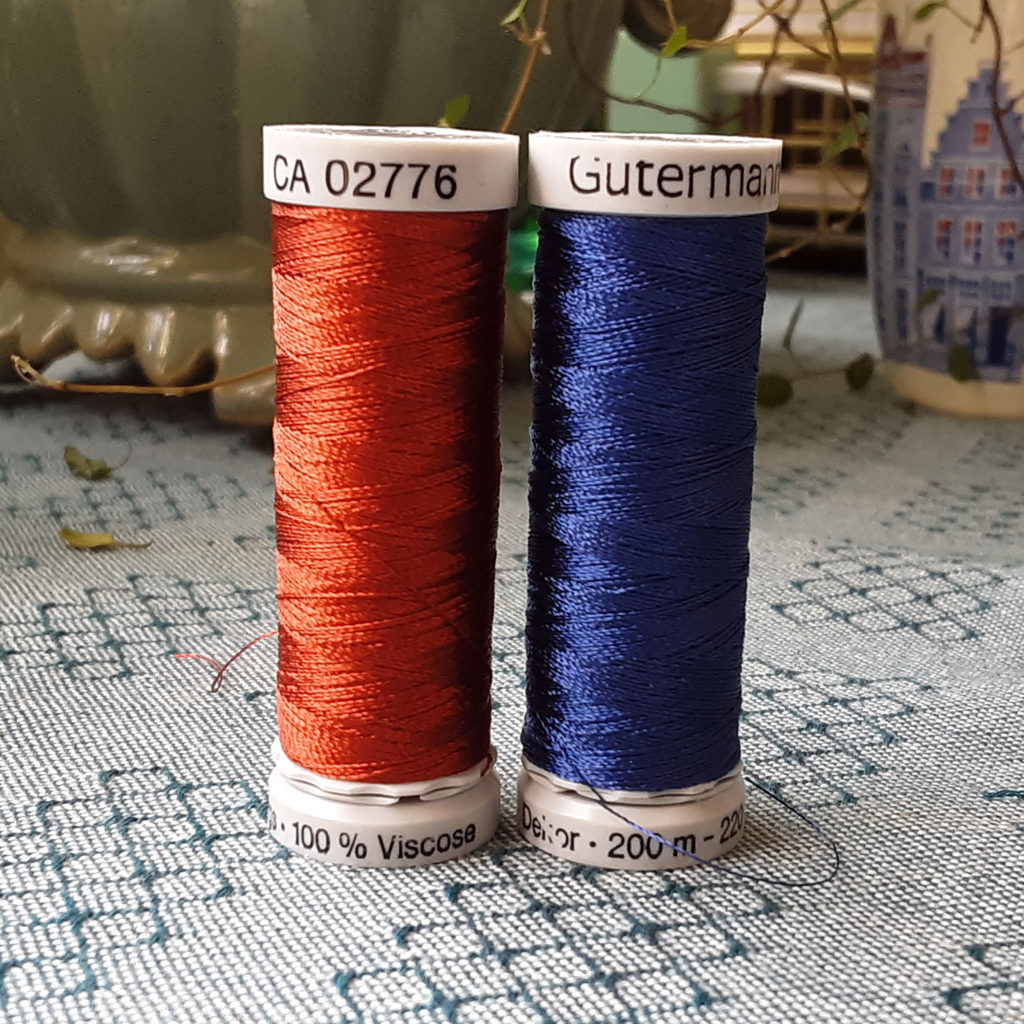
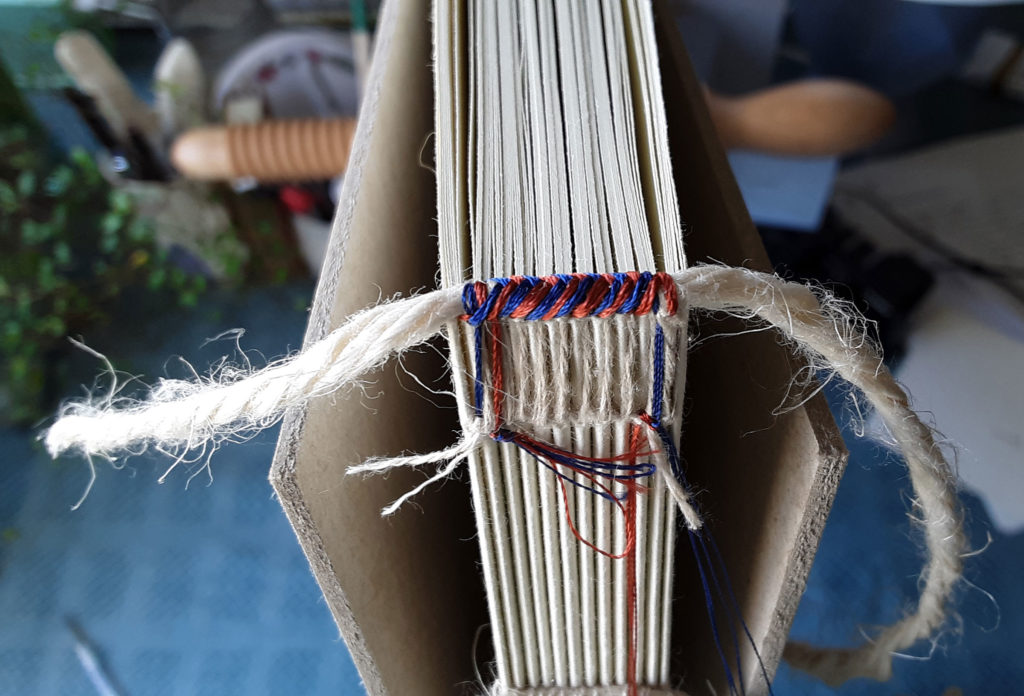
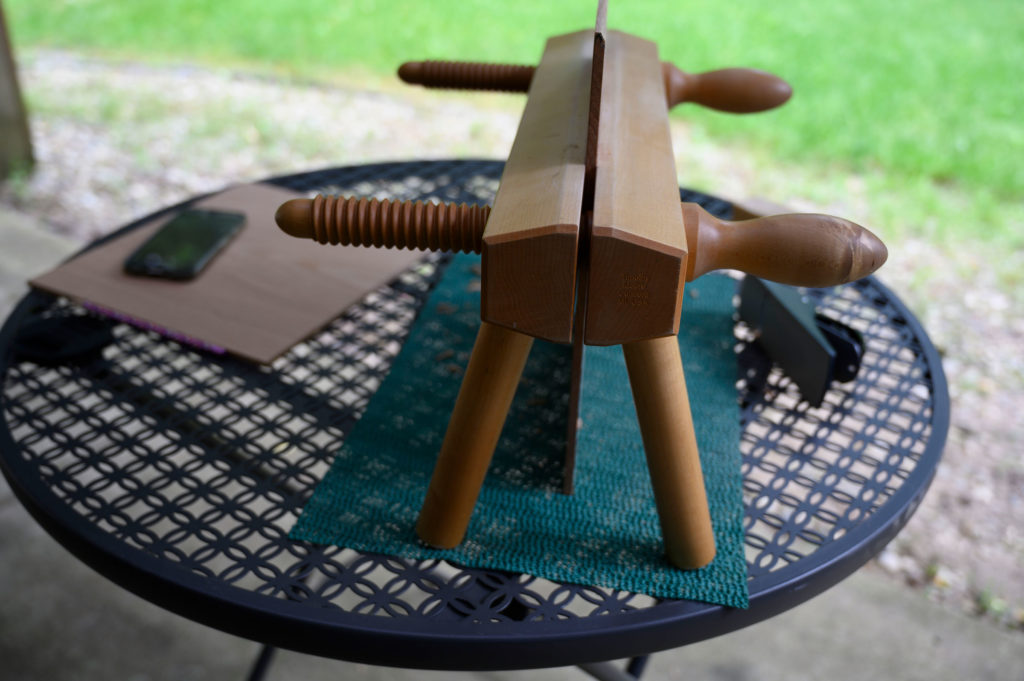
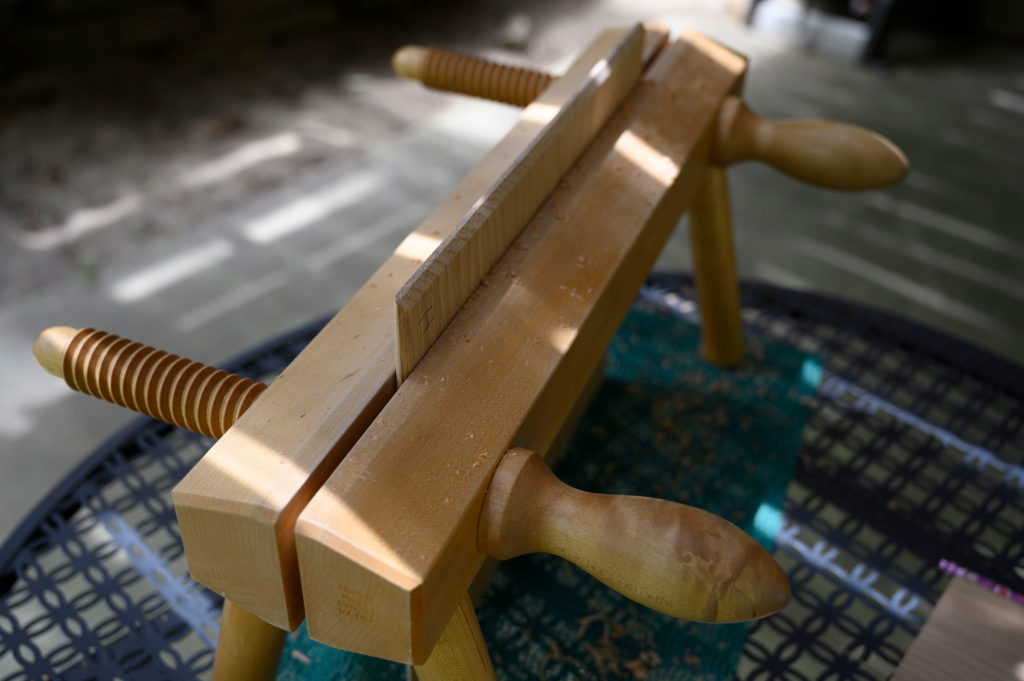
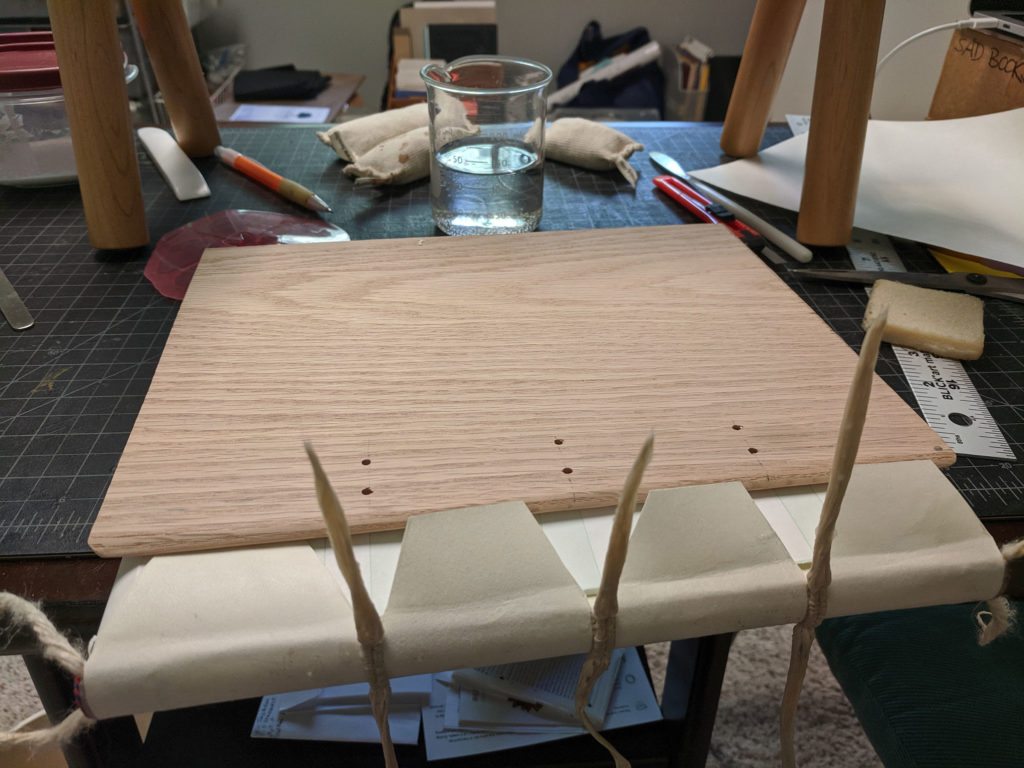
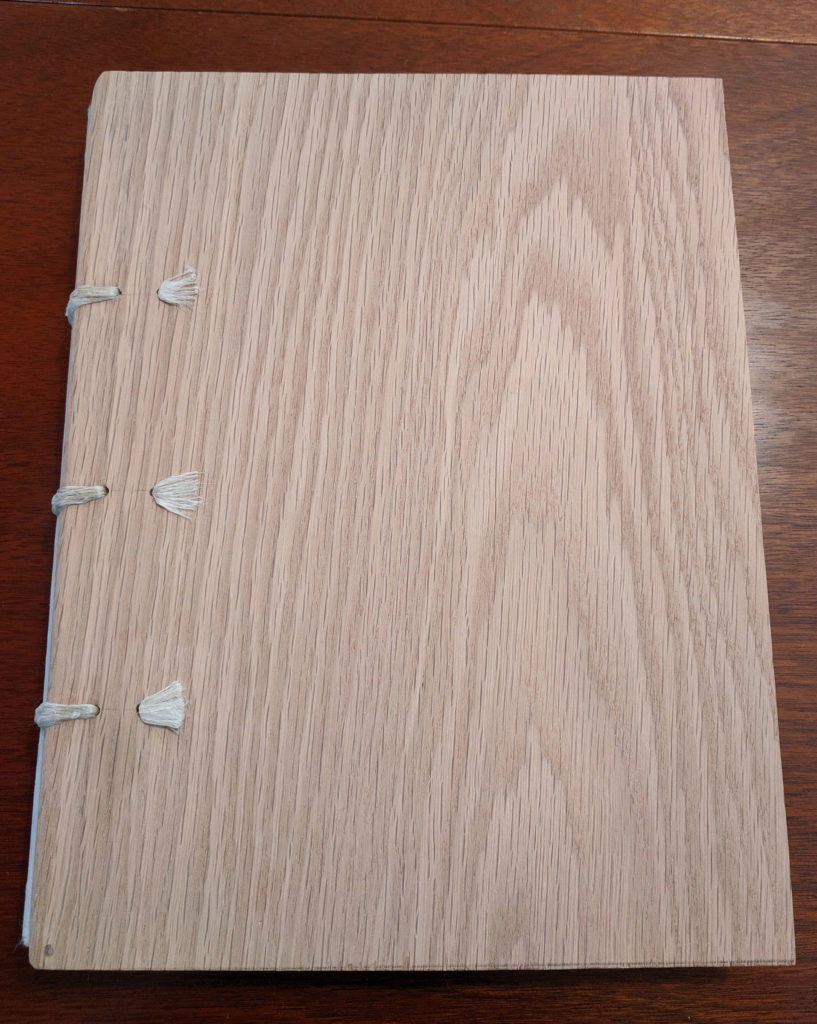
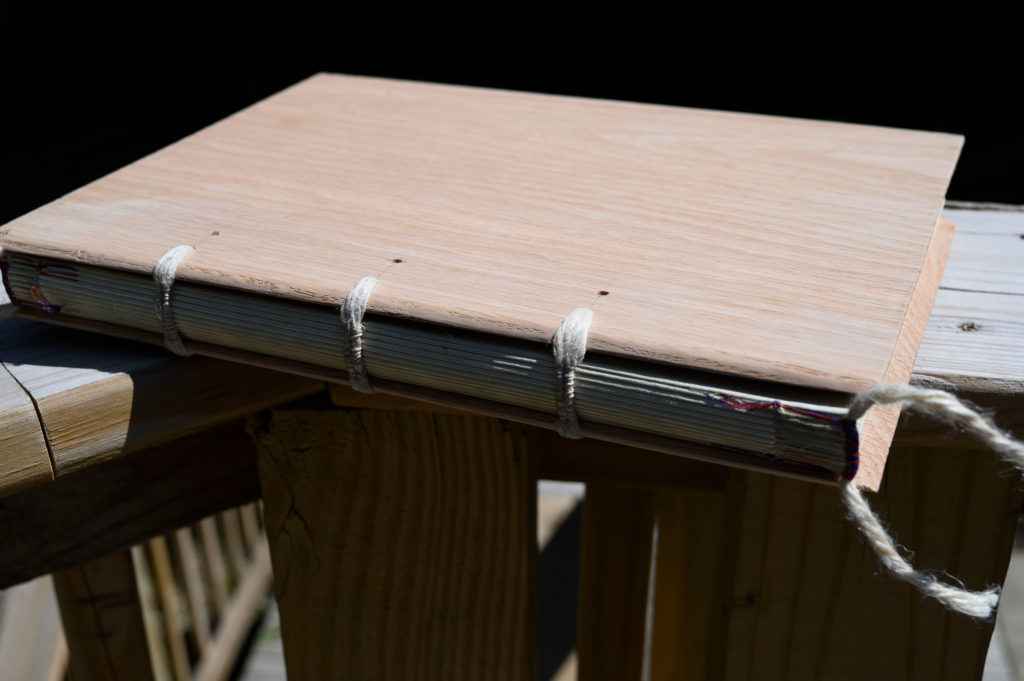
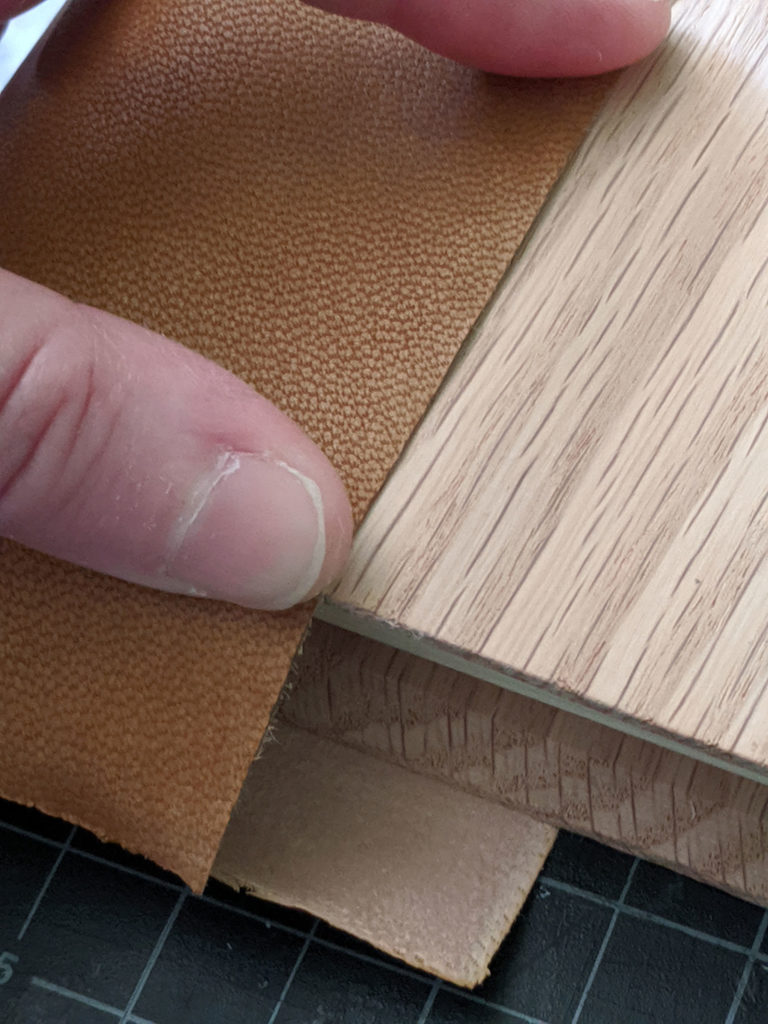
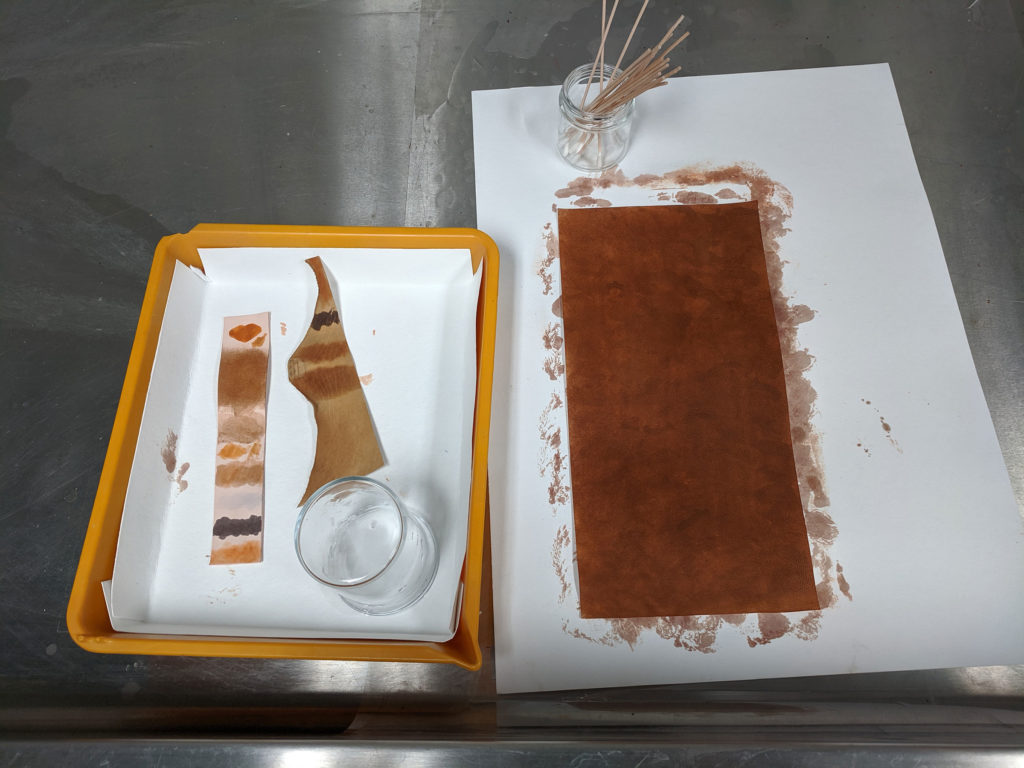
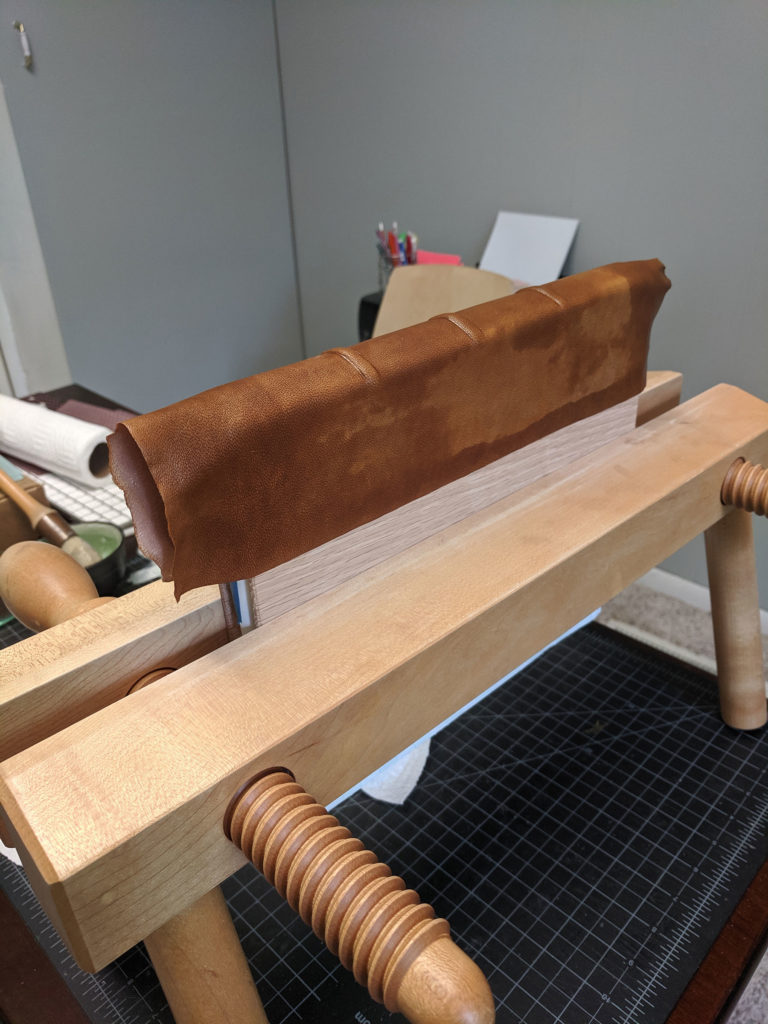
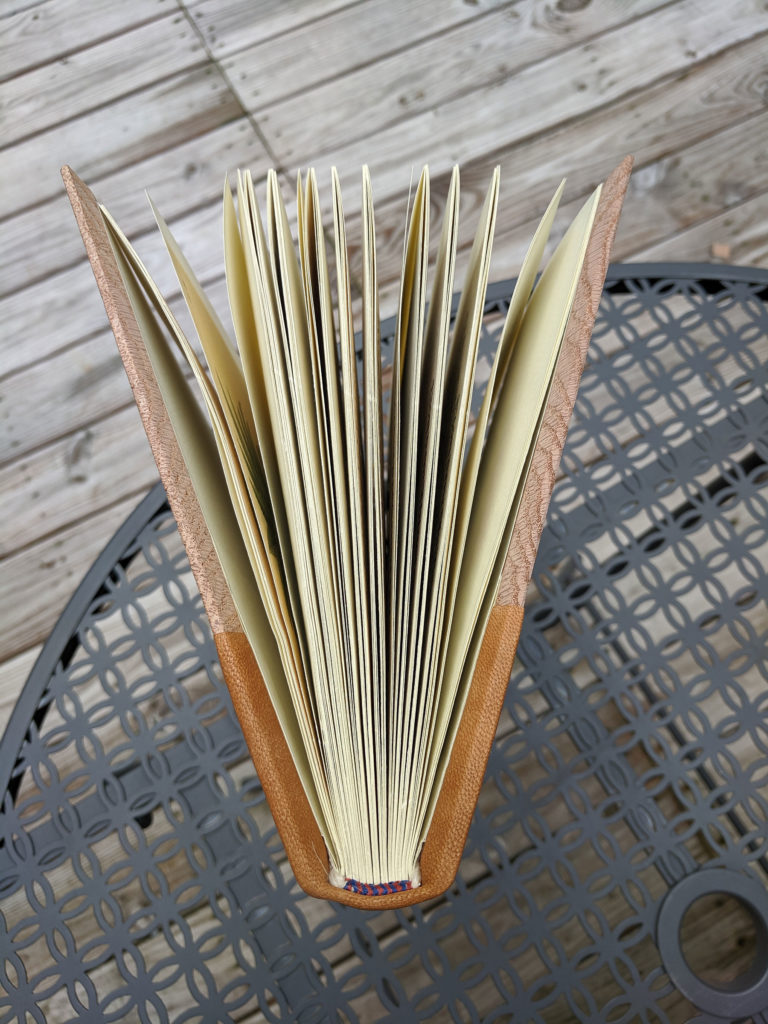
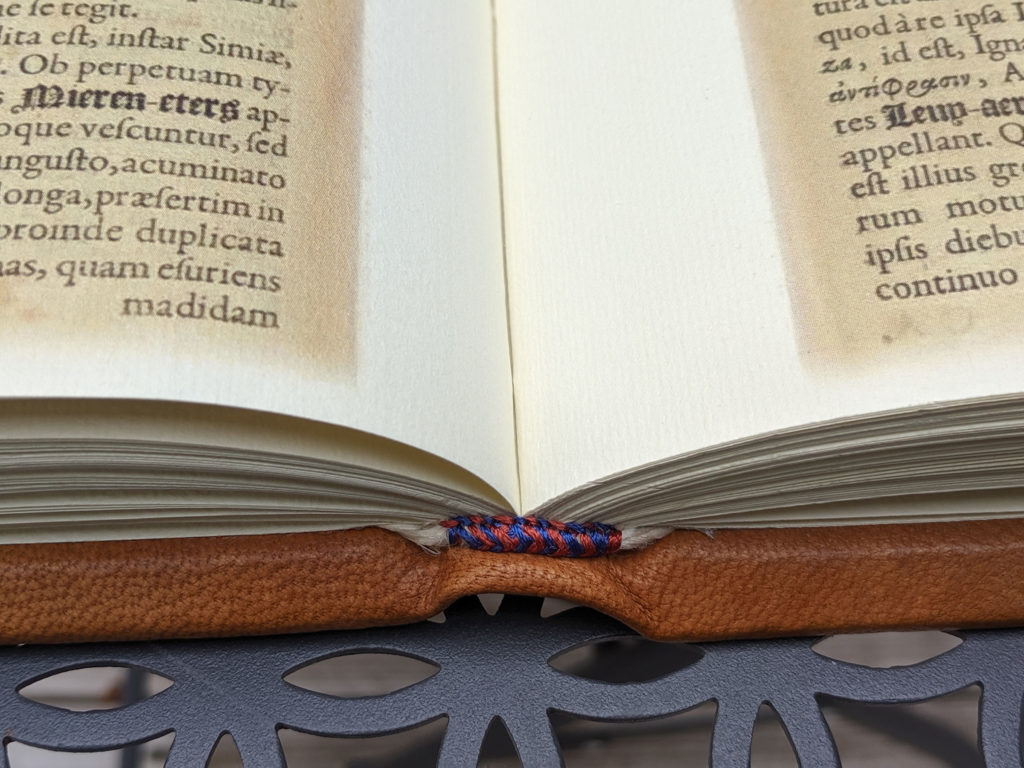
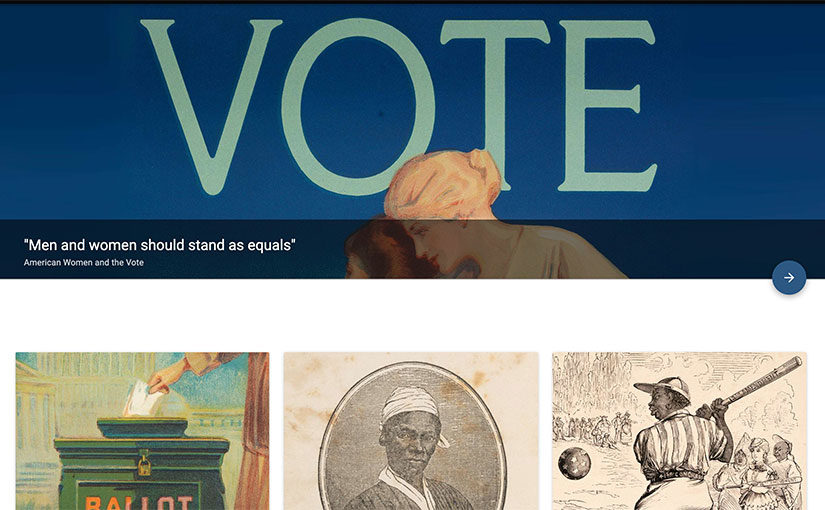
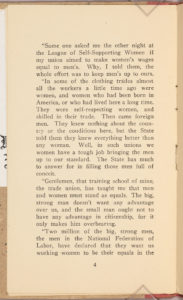
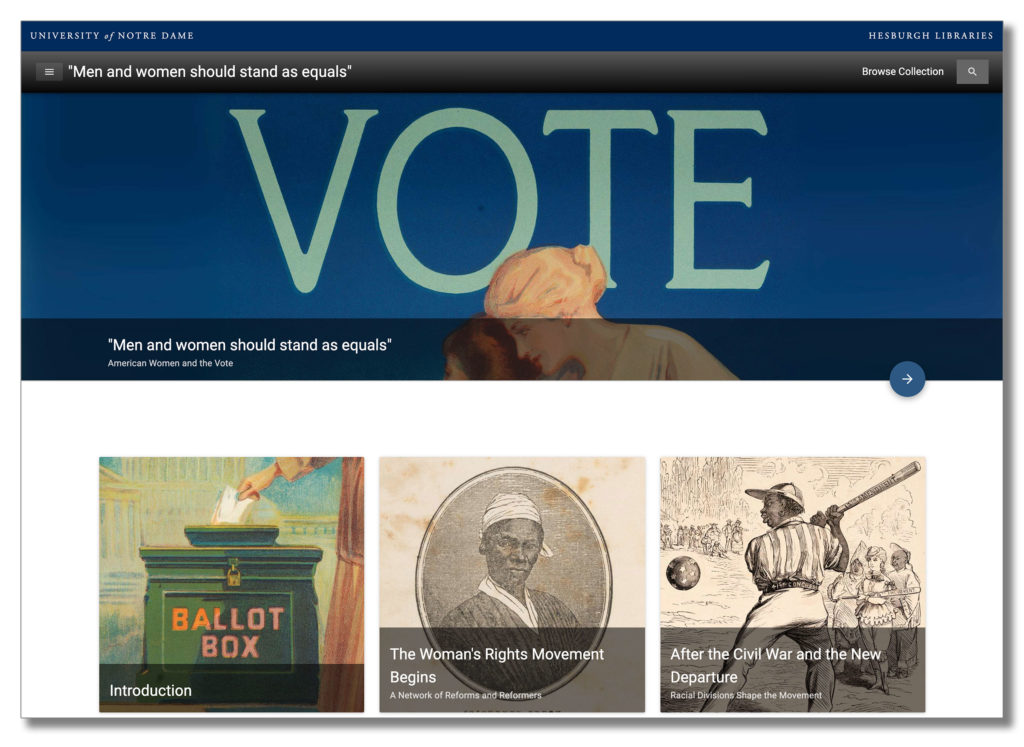
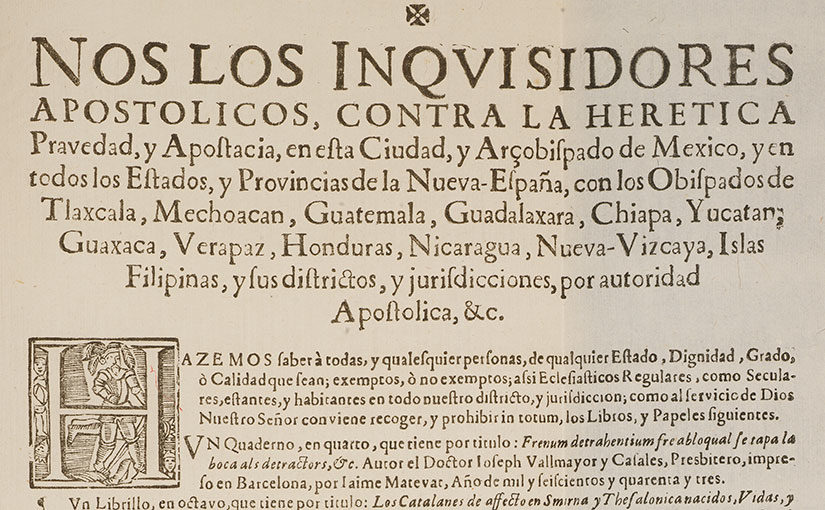
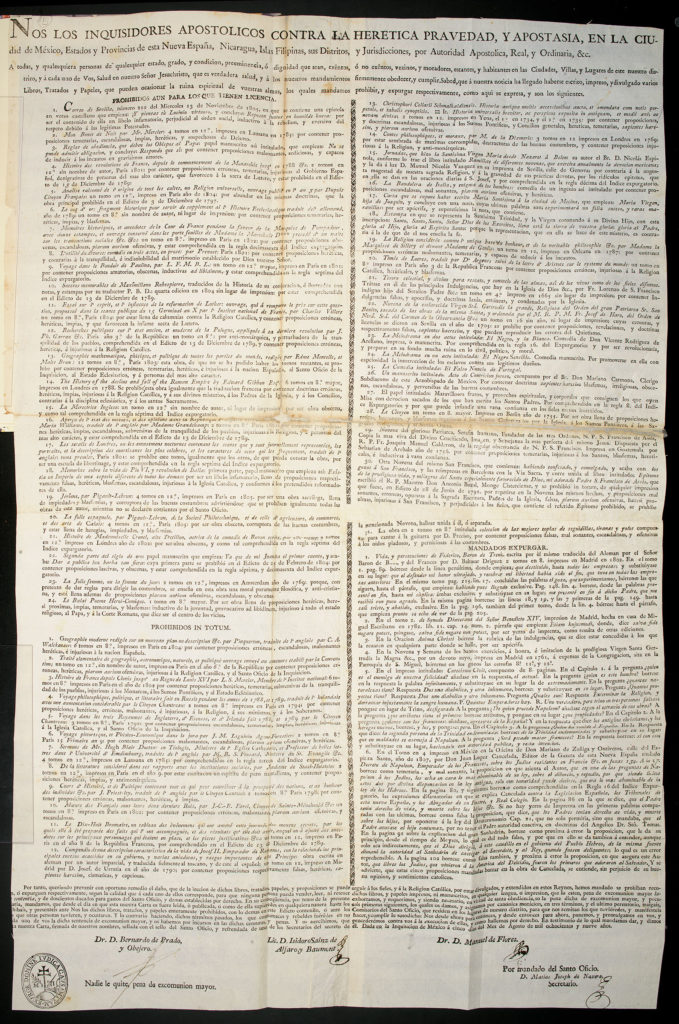
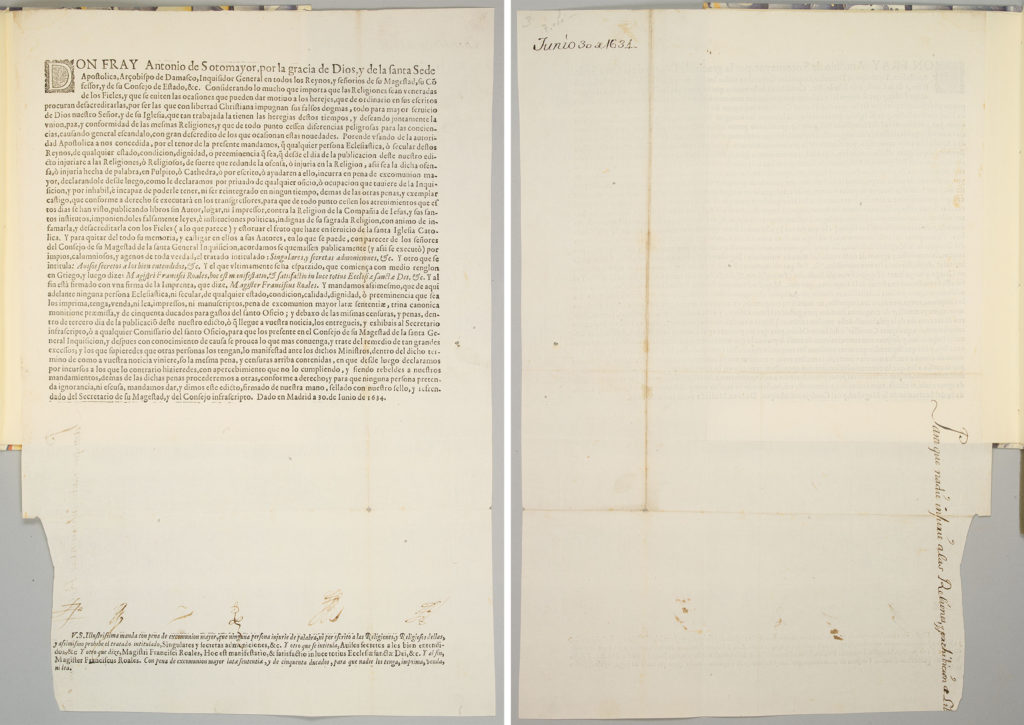
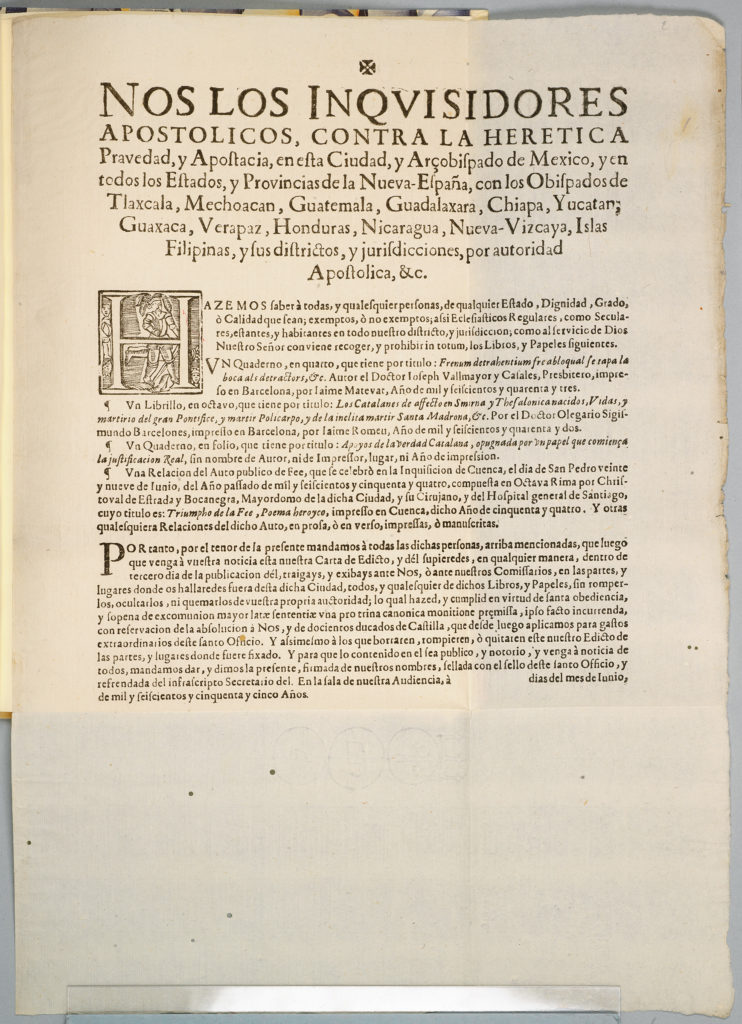

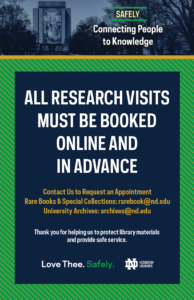
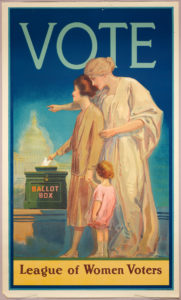
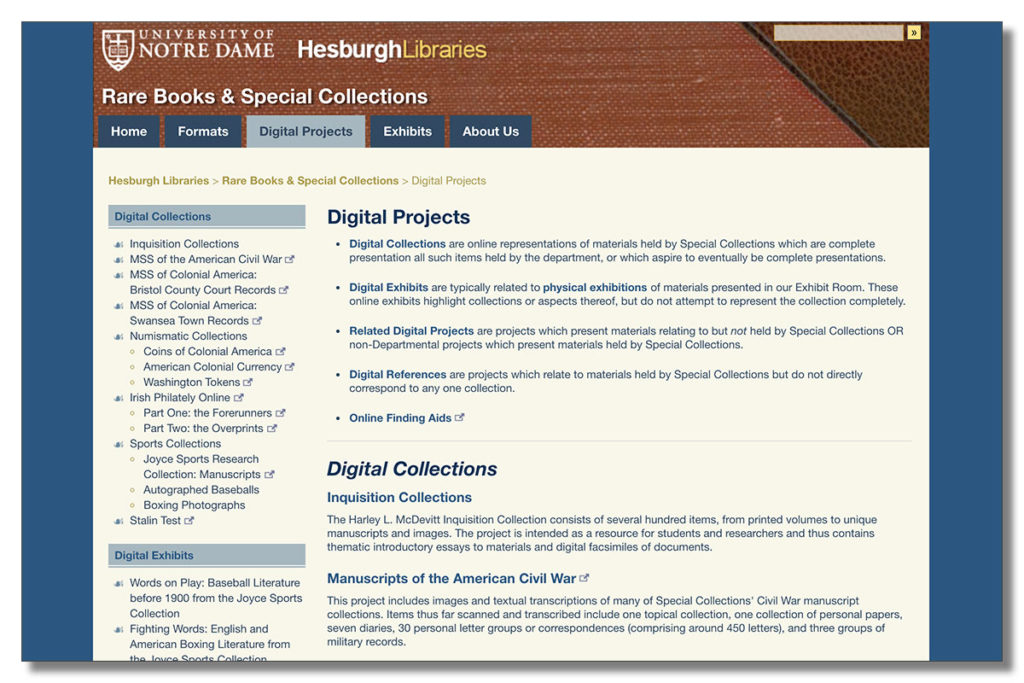
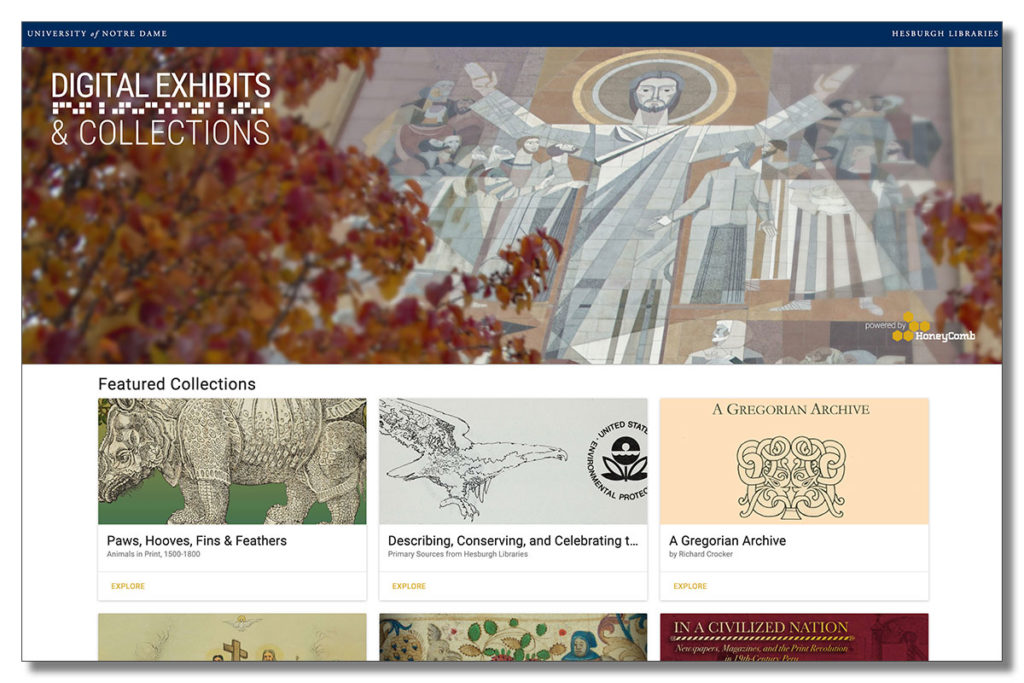
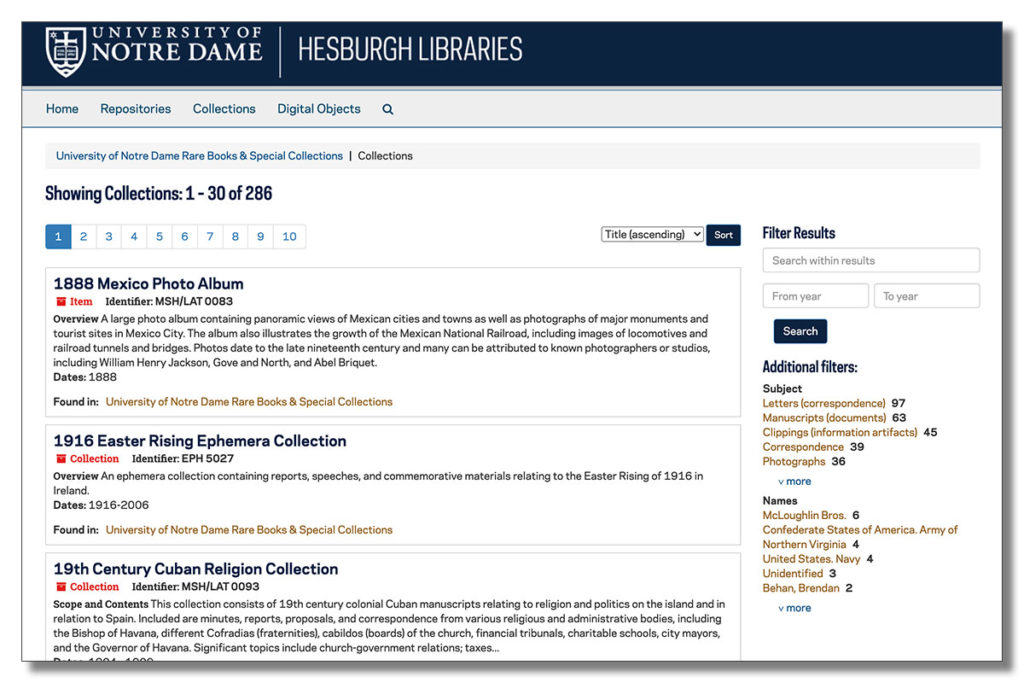
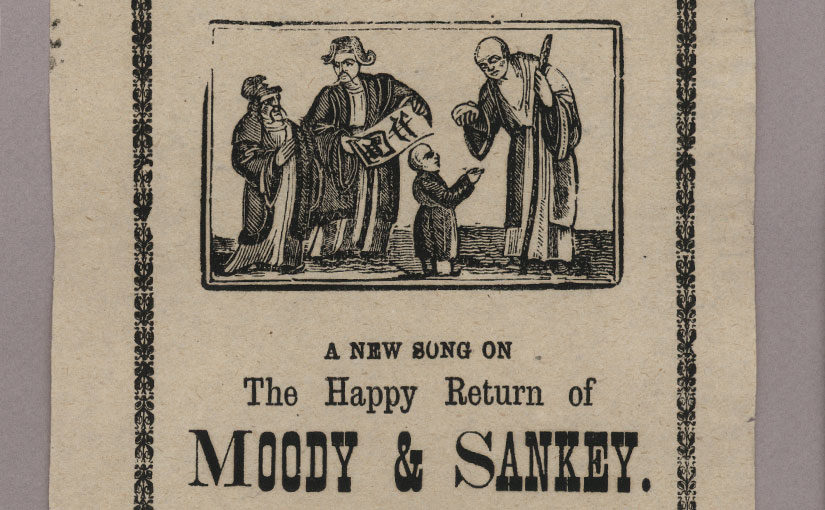
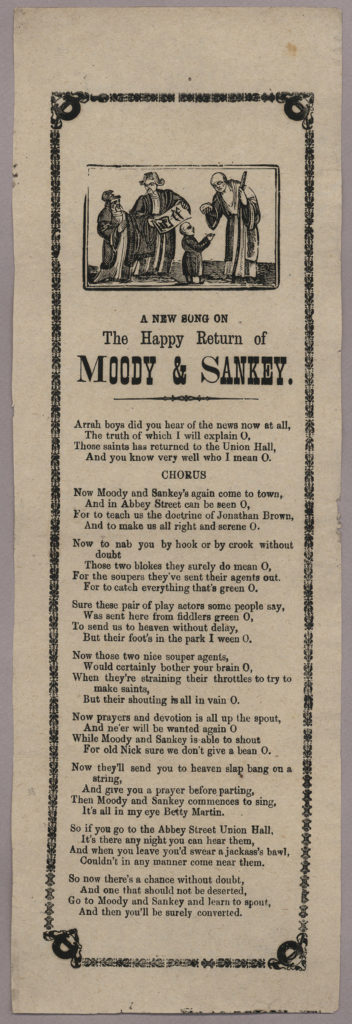
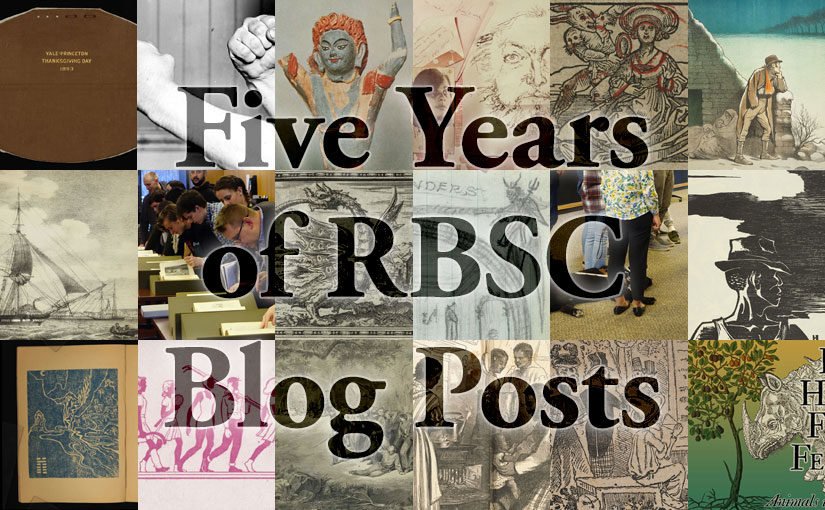



















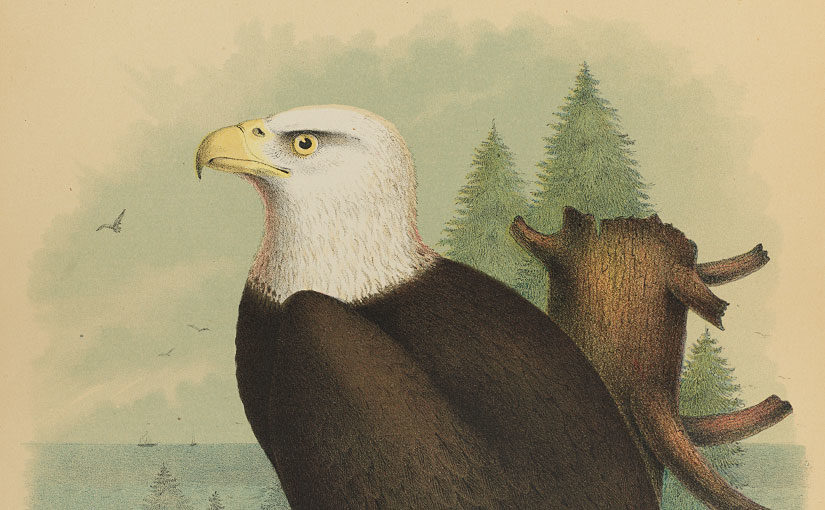
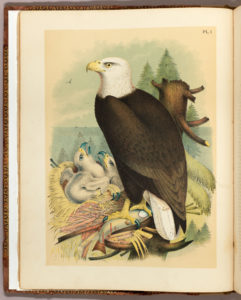
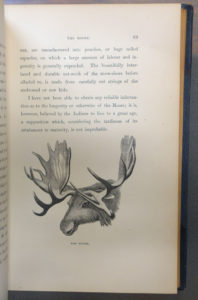
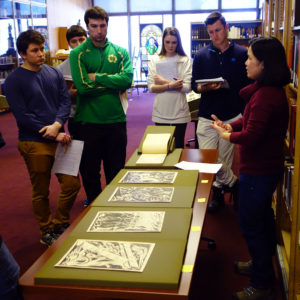 Julie’s impact on the role and visibility of the Rare Books and Special Collections has been appreciated throughout campus and beyond. In her willingness to partner with professors of History, English, Design, and other disciplines to plan excellent programs for research, she has set high standards for her fellow curators. In fact, she initiated and designed many programs that are now an integral part of RBSC.
Julie’s impact on the role and visibility of the Rare Books and Special Collections has been appreciated throughout campus and beyond. In her willingness to partner with professors of History, English, Design, and other disciplines to plan excellent programs for research, she has set high standards for her fellow curators. In fact, she initiated and designed many programs that are now an integral part of RBSC.